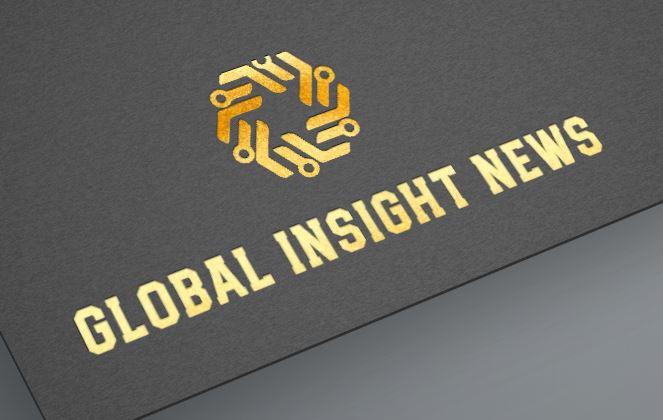When Aarav scrolled through his phone one evening, a notification popped up on his shopping app: “We think you’ll love this pair of running shoes.” What surprised him wasn’t the suggestion itself but the fact that he had just been thinking about replacing his old sneakers. He hadn’t searched for shoes, hadn’t even spoken about them aloud, yet here was a message that felt like it had read his mind.
This is the everyday magic of Artificial Intelligence that predicts human choices. It has quietly moved into our lives, observing patterns, collecting clues, and piecing them together to know us better than we sometimes know ourselves. Aarav’s simple experience with shopping reflects a larger story unfolding in India and across the world—a story where technology has become a mirror to human behavior, often anticipating decisions before we make them.
The secret behind this uncanny ability lies in data. Every tap, swipe, purchase, or pause tells a story about us. Think about how Netflix seems to line up the perfect movie for your mood or how Spotify recommends songs that strangely fit your taste. These aren’t coincidences. Behind the screen, advanced algorithms study millions of such small choices, learning over time how people behave, what they like, and even what they are likely to do next.
But the story of predictive AI goes beyond entertainment and shopping. Consider Radhika, a young professional in Delhi who constantly battles stress from long hours. She wears a smartwatch that tracks her heart rate, sleep cycles, and daily steps. One morning, her health app warned her: “You may be at risk of high blood pressure, please take it easy today.” What felt like a caring reminder was actually the result of AI quietly analyzing weeks of her data and predicting a potential health issue. For her, this prediction was more than convenience—it could be life-changing.
In other places, AI is telling different stories. Police departments experiment with systems that analyze crime data and predict where thefts might occur next, hoping to prevent them. Banks use AI to sense suspicious financial activity before it turns into fraud. Farmers get alerts on when to water their crops or protect them from pests, all thanks to predictive models built on weather and soil data. These are modern tales of how machines are not just observing but actively shaping the way society functions.
Yet, every powerful story has its shadows. Aarav soon noticed that his apps not only suggested shoes but also kept pushing brands and styles until he gave in. Was he still choosing freely, or was he being gently nudged? This is the thin line predictive AI often walks—the line between helping and influencing. Advertisers love this ability, but it raises uncomfortable questions about autonomy. Are our choices truly ours if they are anticipated and shaped by invisible systems?
The concern deepens with privacy. To make such predictions, AI needs oceans of personal data. Who owns this data? What if it falls into the wrong hands? And more importantly, what if the data itself is biased? If an AI system trained on past hiring patterns predicts who should get a job interview, it may unknowingly repeat old prejudices. Suddenly, a tool meant to improve fairness can end up reinforcing inequality.
Still, the story is not one of fear alone. Predictive AI also has the potential to be humanity’s ally. It can save lives by spotting illnesses early, save resources by reducing waste, and save time by simplifying decisions. For a student in a small town, it could mean access to personalized education. For a patient in a remote village, it could mean timely medical advice. For a business, it could mean understanding customers in ways never imagined before.
The real question is: who writes the ending of this story? Will it be corporations hungry for profit, governments seeking control, or communities that demand fairness and transparency? The future depends on whether society can build rules that ensure AI predictions empower rather than exploit. Just as every good storyteller knows, characters must grow and learn, so too must humanity learn to shape this technology wisely.
Aarav finally bought the shoes, but he couldn’t shake off the thought: “Did I really want them, or did the app want me to want them?” That simple doubt captures the essence of this new frontier. AI may predict what we choose, but it is up to us to decide how much power we are willing to give it. Like any great story, the ending is not fixed—it is being written every day, with each choice we make and each prediction AI offers.

















0 Comments